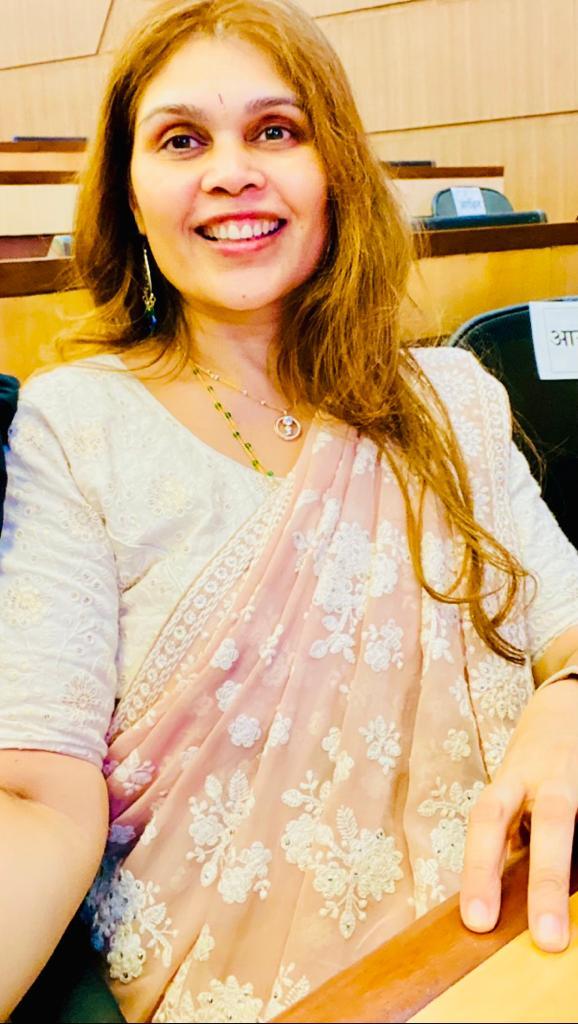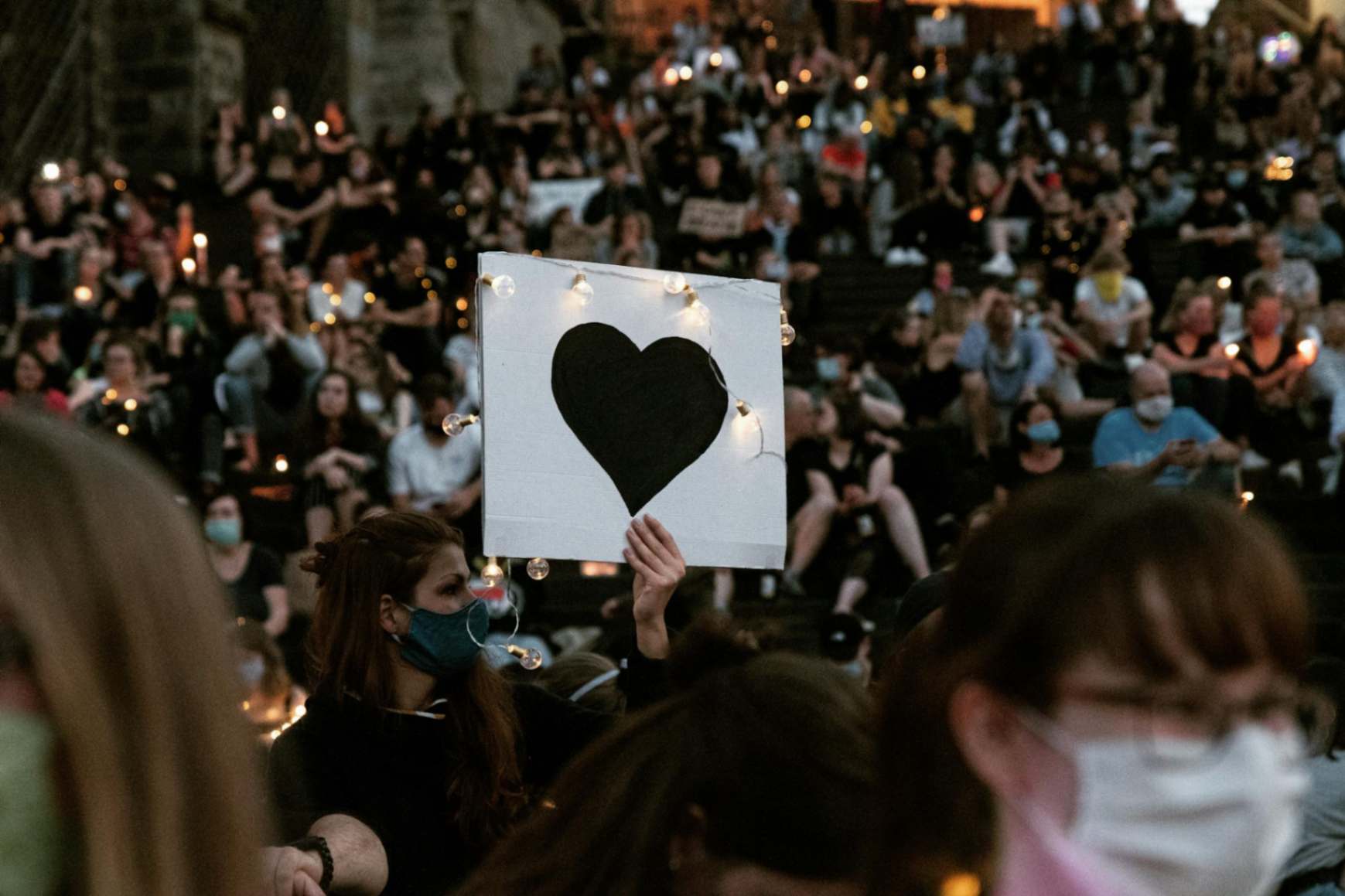From ‘Indian Coolie’ to ‘White Adjacent’ -The Indian Diaspora’s Struggle Against Caste and Other Colonial Labels
Indian society, with its rich variety, traditionally organized itself through systems like kula, gotra, varna, jati, sampradaya, and dharma. However, colonizers mixed these distinct categories into a homogenized mess, creating the all-encompassing and harmful misnomer of "caste."

The British colonizers inflicted India with race and caste divisions at a time when India was the richest nation in the world. These divisions helped the British in institutionalizing slavery, leaving India poverty stricken and denuded of wealth. As the richest nation today, America should be concerned at the resurgence of the same divisive colonial tools of caste and race - because those who ignore history tend to repeat it.
When Oprah endorsed Isabel Wilkerson’s book, ‘Caste the Origins of our Discontent’ it changed the trajectory of American narratives giving rise to new vectors in identity politics. It ignited a firestorm of polarizing policies, contentious lawsuits, and intense media debate. Years before this U-Turn, Oprah, ever the trendsetter, had championed diversity educator Jane Elliott and her “Blue Eyes, Green Eyes” experiment, highlighting the absurdity of race and caste divisions in today's world.
At our 2023 Castecon conference, diversity educator Jane Elliott thundered, “Caste and race are damned lies, created to colonize continents.” She was correct. Colonizers used skin color to categorize people, and biracial children were classified through the hierarchical caste system, or 'Sistema de Castas,' to determine blood purity. Wilkerson described race as the skin and caste as the bones. This was only partially true.
Yes, race refers to skin color, but caste is not the bones—it’s about blood, specifically blood purity, which colonizers systematically defined and documented. Caste was, in fact, a European construct, not an Indian one.
Hence it is absurd that a diverse India, which was never a colonizer, was called a ‘caste practitioner.’ Like a skin disease, this foreign label was forced upon Indians, along with a slur ‘Coolie.’
The Journey from Indian Coolie to White Adjacent
Indian society, with its rich variety, traditionally organized itself through systems like kula, gotra, varna, jati, sampradaya, and dharma. However, colonizers mixed these distinct categories into a homogenized mess, creating the all-encompassing and harmful misnomer of "caste."
Indian Americans, a highly skilled immigrant group with strong family values, have become the wealthiest ethnic minority in America. However, their history of colonization and persecution is often overlooked. Instead, they’ve been saddled with a new sobriquet— “White Adjacent”—which, under Critical Theory, positions them as oppressors in a binary framework. This is another forced label.
No one is more “Black Adjacent” than Indian Americans.
The shared history of our slavery, persecution, and colonization when revisited shows that the Indian population was enslaved as much as the Africans. Let’s look at the evidence.
-
The Draconian Cotton Plantations of India and the USA: In the 1700s, while Black slaves were toiling on American cotton plantations to feed England’s mills, the East India Company was crippling India's textile industry by banning Indian Calico. They also imposed brutal laws and forced Indian cotton farmers, skilled weavers, and artisans into poverty through sharecropping and an oppressive form of the Mughal system of zamindari. This exploitation destroyed India’s once-thriving export economy, literally providing free cotton to Britain’s mills and creating a new oppressed class – ‘Dalits’. Anthropologist C.J. Fuller described the crony middlemen or zamindars, who served British interests, as a ‘Spurious Middle Class’ that eroded India’s true middle class. While slavery continues to haunt the white man’s conscience, the creation of Dalits has been cunningly transposed onto India’s revered Brahmins.
-
Dogs, Indians, and Negros not allowed. Both Africans and Indians were barred from entering clubs and establishments that displayed demeaning signs like “Dogs and Indians not allowed” or “Dogs and Negroes not allowed.” While colonial caste labels such as mulatto and Negro have been banned in the USA, India ignorantly continues to use its colonial labels of Coolie, Dalit, Adivasi and Caste.
-
Emancipation of Blacks led to Indian Indenturehood. Slavery didn’t disappear; it simply morphed into legalized indentured labor. These harsh, exploitative contracts enabled the forced migration of Indians to British plantations worldwide, where they were subjected to brutal conditions. Many ‘Indian Coolies’ died in droves. Caribbean records reveal that the British and Foreign Anti-Slavery Society in the 1800s and 1900s urgently called for an end to the “dreadful mortality and frightful demoralization” inflicted on the Coolies. In reality, indentured labor was just another form of slavery.
-
1964 US Civil Rights Act Lifted the Immigration Ban on Indians. The Civil Rights Act of 1964, ended segregation in public places and banned employment discrimination giving freedom and dignity to Black Americans. The same act lifted the ban on Indians, allowing them to immigrate to USA.
Additionally, Civil Rights Leader Martin Luther King Jr. was inspired by Mahatma Gandhi’s principles and the Indian freedom struggle, during the Montgomery Boycott and other activism. The connections are many and Indian Americans need to recognize and embrace this Black Adjacency and build better bridges between the two communities. Our thinktank, CasteFiles is continuously working towards that and engaging actively. African Americans have done a better job of decolonizing from colonial labels while Indians have not offloaded colonial hangovers - labels like Caste, Dalit and Adivasi that have nothing to do with Indic ethnology.
Indian Americans can play a pivotal role in Decolonization
Noted Marxist Terry Eagleton describes race, caste, and gender groupings as political cultures. Indian Americans and their journey from colonial shackles to successful immigrants, share an intersectional identity with Blacks, Whites, Jews, and even indigenous natives around the world. As one of the world’s longest continuous civilizations, India has the potential to awaken dormant civilizational energies and promote decolonialization. There is an urgent need for a worldview that recognizes and connects the diverse identities and experiences of humanity. Only by embracing this interconnectedness can we overcome the divisive political cultures of race, caste, gender, and colorism, and truly celebrate our shared humanity.
The author is Founder of CasteFiles, a think tank that challenges harmful labeling of Caste through academic research and civil rights advocacy.
(The views and opinions expressed in this article are those of the author and do not necessarily reflect the official policy or position of New India Abroad.)

 Richa Gautam
Richa Gautam.png)
.png)








.jpg)

Comments
Start the conversation
Become a member of New India Abroad to start commenting.
Sign Up Now
Already have an account? Login